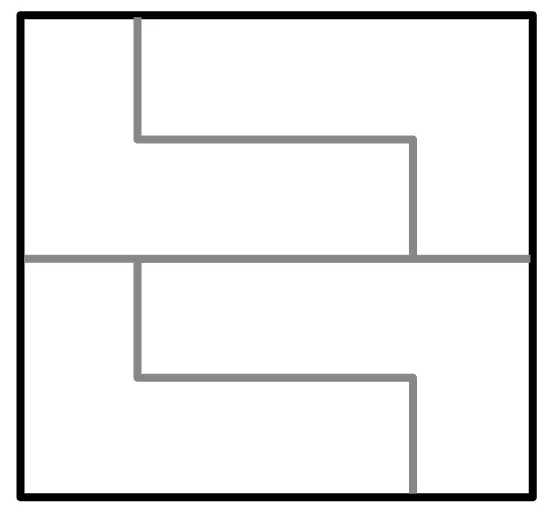Myths about teaching can hold you back
- Year 2
Equal or unequal parts
I can describe how a whole can be divided into parts and recognise equal and unequal parts.
- Year 2
Equal or unequal parts
I can describe how a whole can be divided into parts and recognise equal and unequal parts.
These resources were made for remote use during the pandemic, not classroom teaching.
Switch to our new teaching resources now - designed by teachers and leading subject experts, and tested in classrooms.
Lesson details
Key learning points
- Wholes can be divided into parts. The whole could be an object, a shape or a set of objects.
- When all the parts are the same size, they are equal parts.
- When all the parts are not the same size, they are unequal parts.
- Equal parts of the same shape may look different.
Keywords
Whole - All the parts / all of a group or number.
Part - A piece or section of the whole.
Equal - We say that two or more things are equal if they have the same quantity or value.
Unequal - We say that two or more things are unequal if they do not have the same quantity or value.
Common misconception
Children may think that when a shape has been split straight through the middle that the parts are equal.
Encourage children to compare the sizes of each part by lining them up next to each other. With paper shapes, children can cut out the parts and lay them on top of each other to see if the parts are equal or unequal in size.
To help you plan your year 2 maths lesson on: Equal or unequal parts, download all teaching resources for free and adapt to suit your pupils' needs...
To help you plan your year 2 maths lesson on: Equal or unequal parts, download all teaching resources for free and adapt to suit your pupils' needs.
The starter quiz will activate and check your pupils' prior knowledge, with versions available both with and without answers in PDF format.
We use learning cycles to break down learning into key concepts or ideas linked to the learning outcome. Each learning cycle features explanations with checks for understanding and practice tasks with feedback. All of this is found in our slide decks, ready for you to download and edit. The practice tasks are also available as printable worksheets and some lessons have additional materials with extra material you might need for teaching the lesson.
The assessment exit quiz will test your pupils' understanding of the key learning points.
Our video is a tool for planning, showing how other teachers might teach the lesson, offering helpful tips, modelled explanations and inspiration for your own delivery in the classroom. Plus, you can set it as homework or revision for pupils and keep their learning on track by sharing an online pupil version of this lesson.
Explore more key stage 1 maths lessons from the Fractions: identify equal parts and be familiar with halves, thirds and quarters unit, dive into the full primary maths curriculum, or learn more about lesson planning.

Licence
Prior knowledge starter quiz
6 Questions
Q1.Which of these is a part of your body?
Q2.Which of these could be a part of a car?
Q3.There are 5 apples in the whole group.
How can we split the group into two parts?
Match the parts to make 5
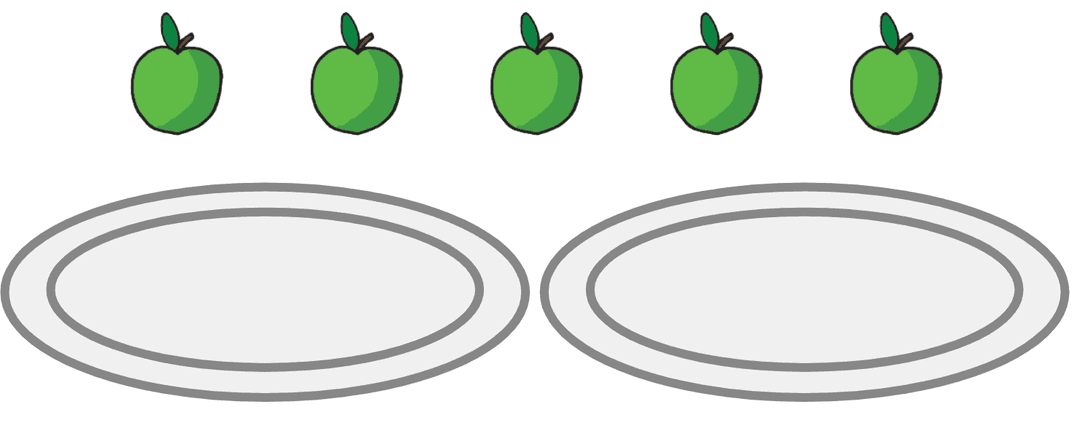
4 apples
3 apples
5 apples
Q4.Look at the part-part-whole model. What does each number represent?
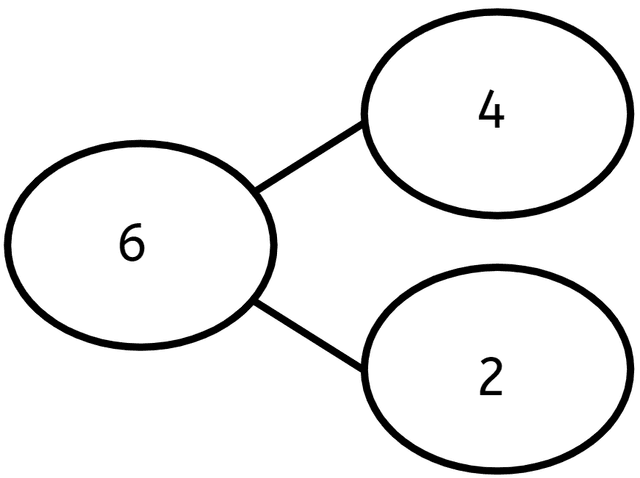
is a part
is the whole
is a part
Q5.Complete the sentence.
7 is a part, 3 is a . 10 is the whole.
Q6.What is the missing whole in this bar model?
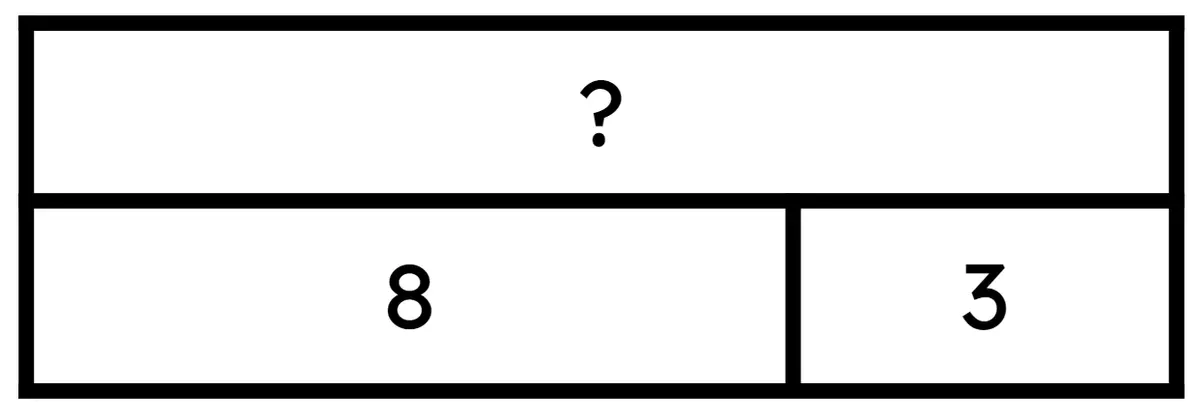
Assessment exit quiz
6 Questions
Q1.These whole shapes have been divided into parts. Match the shape with the number of parts.
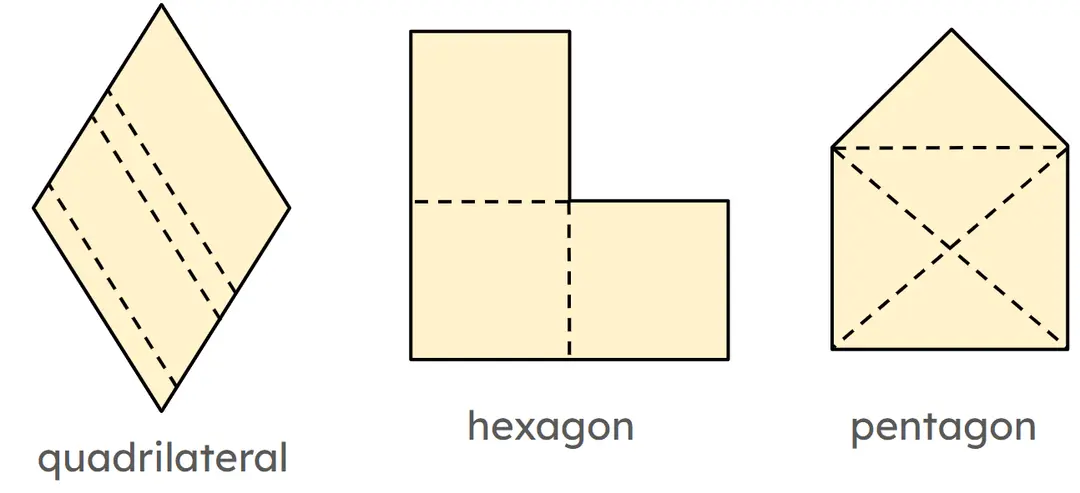
has been divided into 4 parts.
has been divided into 3 parts.
has been divided into 5 parts.
Q2.Shapes, objects and sets of objects can be divided into parts. Match the start and the end of the sentences correctly.
the parts are equal parts.
the parts are unequal parts.
Q3.Which wholes have been divided into equal parts?
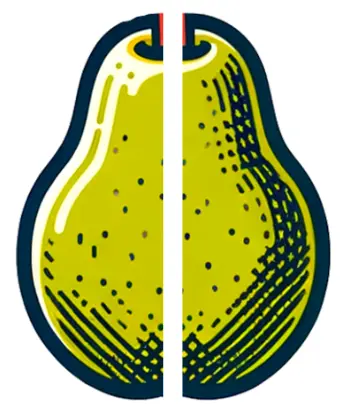
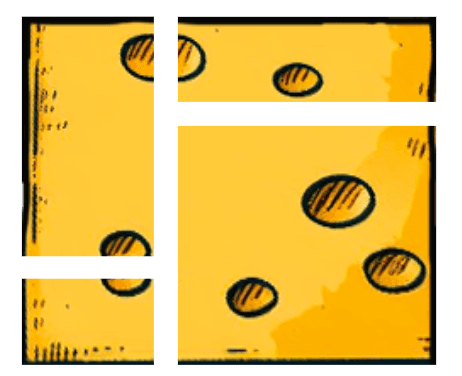
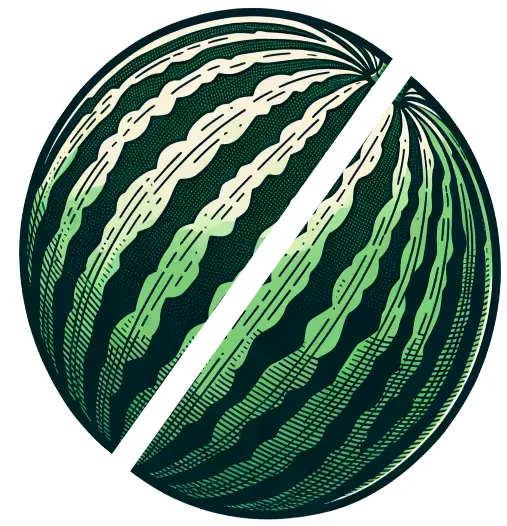
Q4.Which wholes have been divided into equal parts?
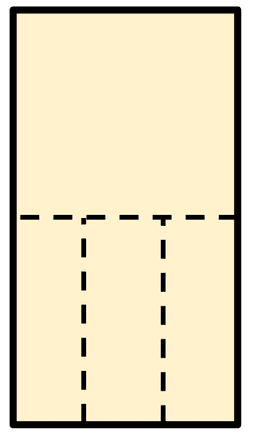
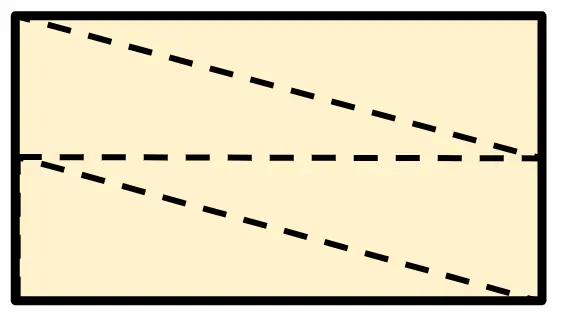
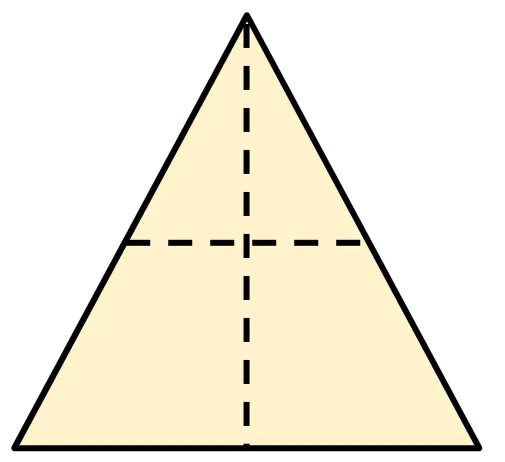
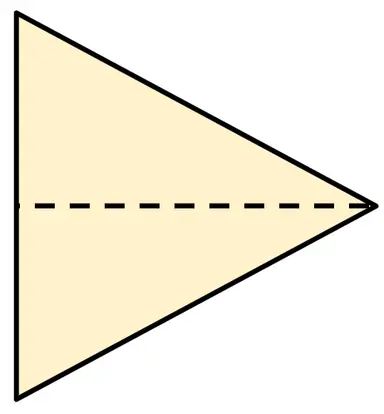
Q5.True or false. The whole number of cherries has been divided into equal parts.
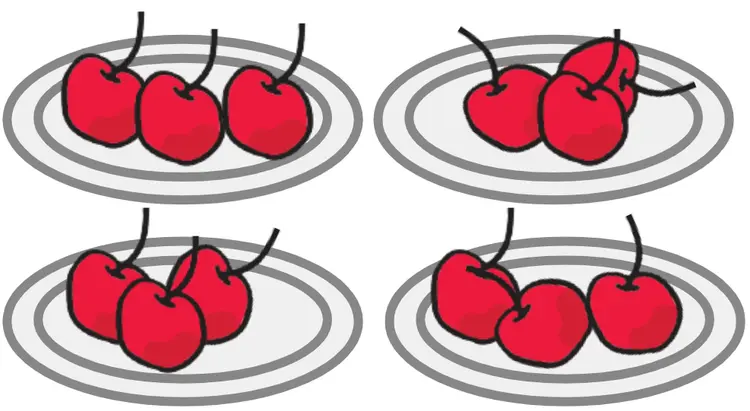
Q6.Look at the image. The whole has been divided into __________ parts.
